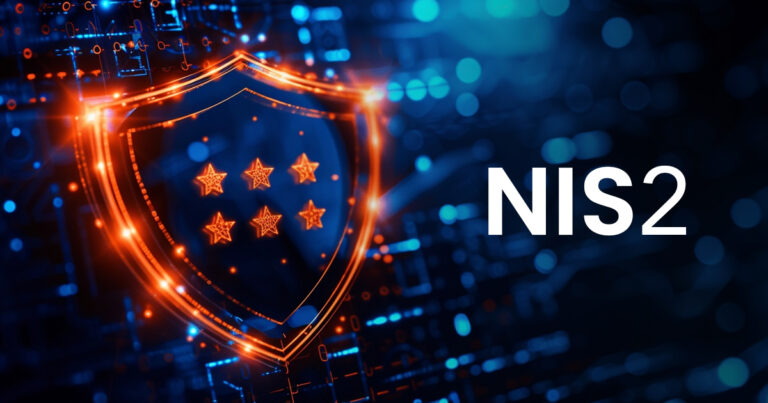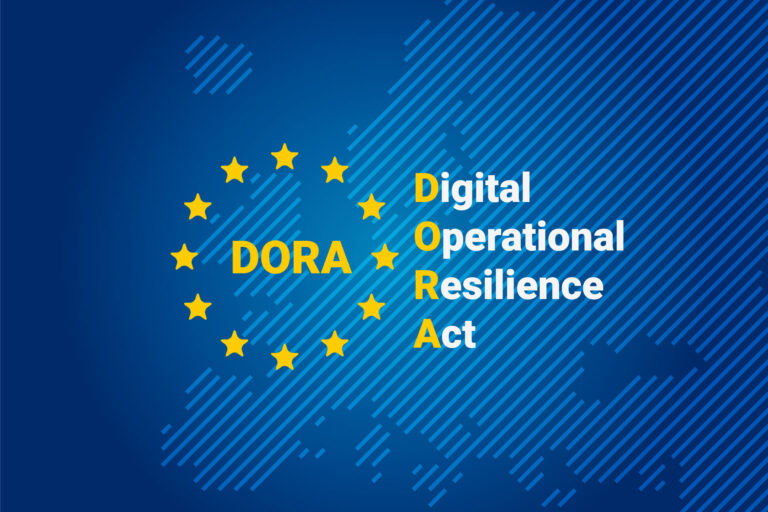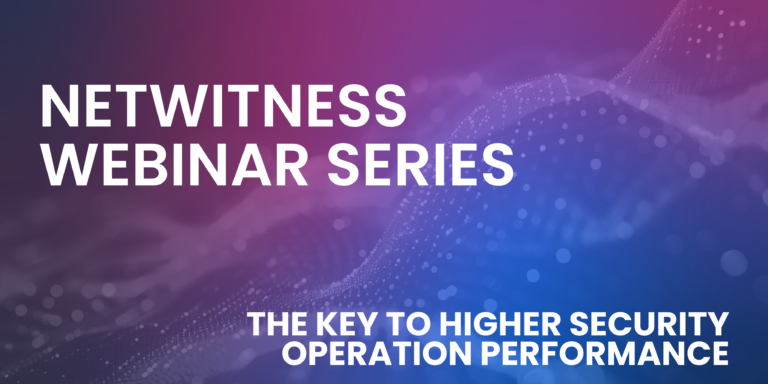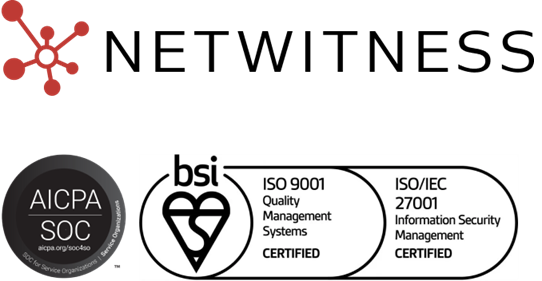What is Managed Threat Hunting?
Managed threat hunting is a proactive cybersecurity service that involves actively searching for, identifying, and neutralizing advanced threats that may have evaded traditional security controls. This collaborative approach combines specialized cybersecurity experts with advanced threat detection tools to hunt for adversaries operating within organizational networks. Unlike reactive security measures that respond after incidents occur, threat hunting services focus on finding and eliminating threats before they can cause significant damage to critical systems and data.
Managed threat hunting involves outsourcing proactive threat detection and investigation activities to specialized cybersecurity teams who continuously monitor, analyze, and hunt for sophisticated adversaries within client environments. These threat hunting teams use advanced analytics, threat intelligence, and human expertise to identify indicators of compromise and attack patterns that automated security tools might miss.
Professional threat hunting services operate on the assumption that adversaries have likely already breached traditional perimeter defenses and are actively working to achieve their objectives within target networks. This hypothesis-driven approach enables threat hunters to proactively search for evidence of malicious activity rather than waiting for security alerts to trigger incident response procedures.
Synonyms
- Threat Hunting
- Proactive Threat Hunting
- Security Threat Hunting
- Hypothesis-driven Hunting
Why Managed Threat Hunting Matters
Failing to implement proactive threat hunting can result in prolonged adversary dwell time, extensive data exfiltration, and significant business disruption.
Key reasons managed threat hunting services are critical include:
- Advanced Threat Detection: Identifying sophisticated attackers who use living-off-the-land techniques and legitimate tools to avoid detection by traditional security systems.
- Reduced Dwell Time: Minimizing the time adversaries spend undetected within networks, preventing extensive reconnaissance and lateral movement activities.
- Compliance Enhancement: Meeting regulatory requirements for continuous monitoring and demonstrating due diligence in threat detection capabilities.
- Security Gap Coverage: Compensating for limitations in automated security tools through human analysis and contextual threat assessment.
Effectively implementing threat hunting services ensures organizations can detect and respond to advanced persistent threats that might otherwise operate undetected for months or years.
How Managed Threat Hunting Works
Managed threat hunting services typically follow a structured methodology:
- Planning and Scoping: Threat hunting teams collaborate with organizations to identify critical assets, potential threat vectors, and establish hunting priorities based on business risk assessments.
- Hypothesis Development: Hunters create testable hypotheses about how adversaries might target specific environments, leveraging threat intelligence and attack pattern analysis.
- Data Collection and Analysis: Teams gather and analyze security telemetry from endpoints, networks, and cloud environments using advanced analytics and machine learning techniques.
- Investigation and Validation: When suspicious activities are discovered, hunters conduct deep forensic analysis to determine if genuine threats are present and assess their potential impact.
- Threat Mitigation and Reporting: Confirmed threats are immediately escalated for containment while detailed findings are documented to improve future hunting activities.
Types of Managed Threat Hunting Services
- Continuous Threat Hunting: Ongoing monitoring and analysis services that provide 24/7 threat detection capabilities with dedicated hunter teams.
- Episodic Threat Hunting: Periodic intensive hunting engagements that focus on specific timeframes or particular threat scenarios.
- Hybrid Threat Hunting Services: Combined approaches that blend continuous monitoring with periodic deep-dive investigations based on threat landscape changes.
- Threat Intelligence-Driven Hunting: Services that leverage specific threat intelligence feeds to hunt for known adversary techniques and indicators.
Best Practices for Managed Threat Hunting
- Establish Clear Objectives: Define specific hunting goals, success metrics, and communication protocols with threat hunting service providers.
- Ensure Data Visibility: Provide hunters with comprehensive access to security telemetry, logs, and network data necessary for effective threat detection.
- Integrate with Security Operations: Align threat hunting activities with existing security operations centers and incident response procedures.
- Leverage Threat Intelligence: Incorporate relevant threat intelligence feeds and adversary profiling to guide hunting hypotheses and techniques.
- Continuous Improvement: Regular review and refinement of hunting methodologies based on discovered threats and evolving attack techniques. Establish Clear Objectives: Define specific hunting goals, success metrics, and communication protocols with threat hunting service providers.
Related Terms & Synonyms
- Threat Hunting Services: Professional cybersecurity offerings that provide proactive adversary detection and investigation capabilities.
- Proactive Threat Detection: Security methodologies focused on actively searching for threats rather than waiting for automated alert generation.
- Adversary Hunting: Specialized activities designed to identify and track sophisticated threat actors operating within target environments.
- Cyber Threat Hunting: Systematic approaches to identifying, tracking, and neutralizing advanced threats through proactive investigation techniques.
People Also Ask
1. What is threat hunting?
Proactive searching for hidden threats in a network before alerts trigger, focusing on anomalies and suspicious activity.
2. Is managed threat hunting part of NDR?
Yes, it can be. Managed threat hunting may be included in NDR services through continuous network monitoring, proactive threat searches, and response guidance.
3. What is threat intelligence?
Collection and analysis of information about cyber threats (IOCs, TTPs, campaigns) to anticipate attacks and improve detection and defense.




